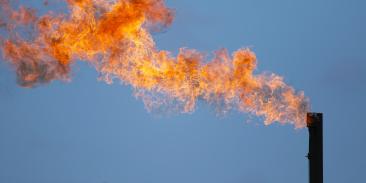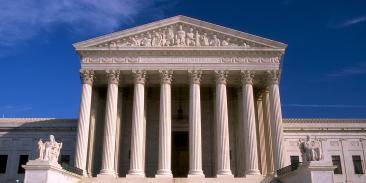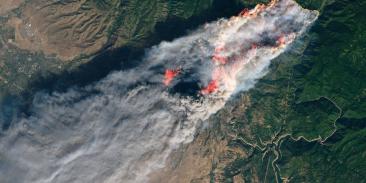California Finalizes Important Emergency Rules in Response to Aliso Canyon Disaster
EDF Statement from Scott Anderson, Senior Policy Director, Climate and Energy Program
(LOS ANGELES) On Friday, California’s oil and gas regulators approved a new set of emergency requirements to begin modernizing natural gas storage safety practices and help prevent another disaster like the one at Aliso Canyon. The new regulations, called for by Gov. Jerry Brown in January and drafted by the Department of Conservation’s Division of Oil, Gas, and Geothermal Resources (DOGGR), include key provisions recommended by Environmental Defense Fund (EDF) and are a significant first step toward keeping California communities safe from future disasters.
On Monday, EDF commended regulators on the final regulations:
“While much more work is needed to bring the state’s decades-old natural gas storage requirements into the modern age, regulators made important advancements with these emergency rules, putting in place new well integrity safeguards and calling for information to help with the upcoming permanent rulemaking,” said Scott Anderson, EDF’s Senior Policy Director, Climate and Energy Program. “EDF is pleased that DOGGR revised its original proposal to ensure compliance with all relevant sections of its rules and reduce the chance that company-developed Risk Management Plans will become substitutes for professional judgment by the regulators.
“The Department of Conservation should work with the Air Resources Board, Public Utilities Commission, and others to increase oversight of gas storage operations, so disasters like Aliso Canyon don’t become the norm.”
EDF continues to call for improvements to California’s natural gas storage regulations, including comprehensive leak detection requirements and a major redesign of well integrity policies – these are the requirements that cover how wells are permitted, built, operated, tested, maintained, repaired, and decommissioned. In the case of Aliso Canyon, where an aging well had been converted for use in storage, improved well integrity requirements could have potentially prevented the disaster entirely. As underscored by this ongoing crisis, these basic, critical improvements would safeguard the health and safety of communities statewide.
With more than 3 million members, Environmental Defense Fund creates transformational solutions to the most serious environmental problems. To do so, EDF links science, economics, law, and innovative private-sector partnerships to turn solutions into action. edf.org
Latest press releases
-
Governor Hochul Repeals "100-Foot Rule," Accelerating New York's Clean Energy Future
December 19, 2025 -
Colorado Air Regulators Approve Landfill Methane Standards
December 18, 2025 -
Proposal Would Guarantee Public Access to Air Quality Data
December 18, 2025 -
New Bill Will Help Keep Domestic Manufacturers Competitive
December 17, 2025 -
Satellite Data Shows Colorado Oil & Gas Methane Emissions Dropped as State Rules Took Effect
December 17, 2025 -
EDF Europe: Energy Council Signals Shift to Delivery on EU Methane Regulation
December 17, 2025










